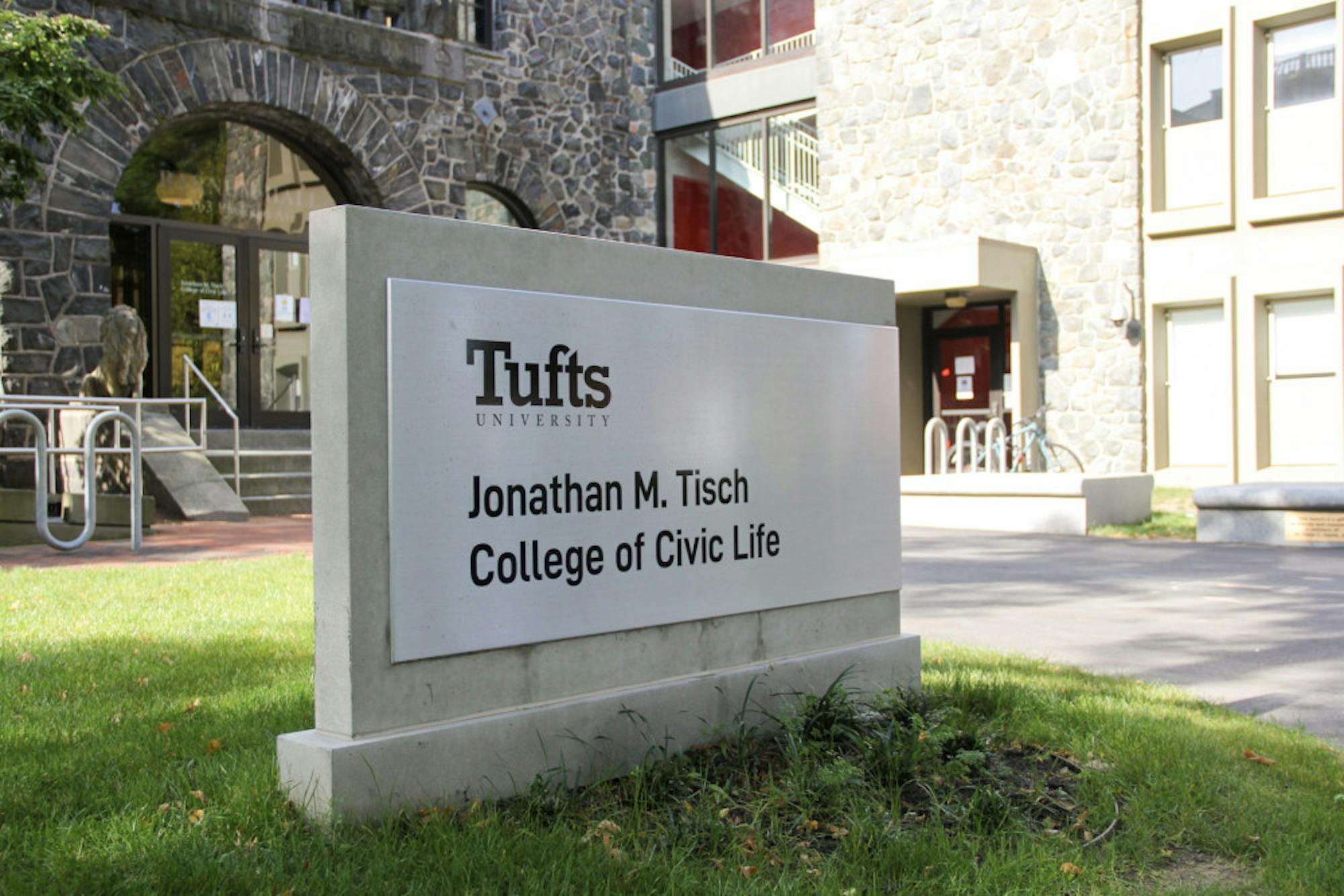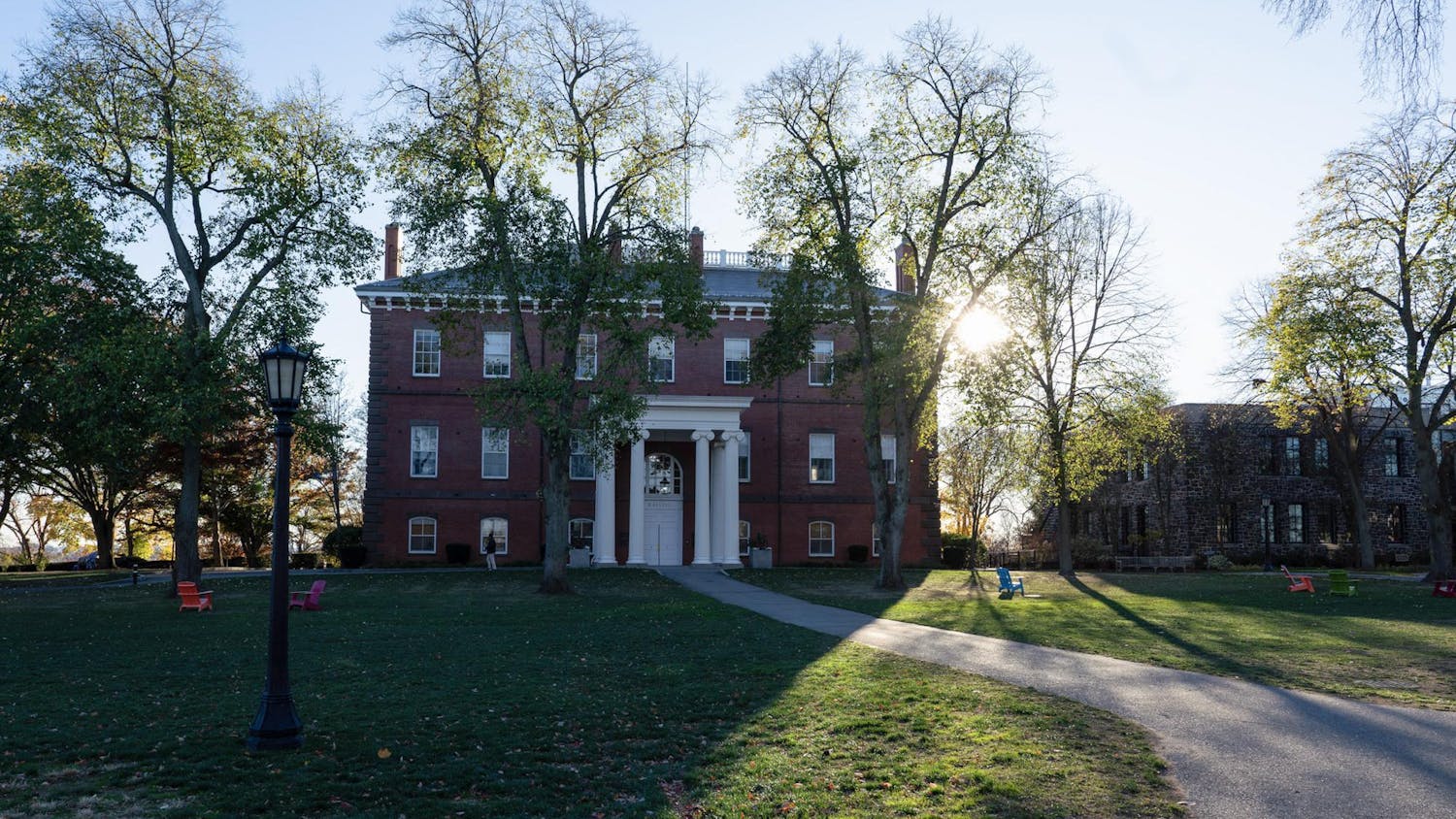The Center for Information and Research on Civic Learning and Engagement (CIRCLE) published a study on Jan. 12 that revealed high levels of youth leadership and engagement in the 2020 presidential election. The poll results also detailed the issues motivating young people in the 2020 election cycle and their priorities for the Biden administration.
Peter de Guzman, research program coordinator at CIRCLE, said the data for the post-election poll was collected between Nov. 3 and Dec. 2 and surveyed a population of 18–29-year-olds. He explained that the study was conducted to better understand the perspectives of groups often overlooked by political campaigns.
“One thing that’s unique about surveying 18–29-year-olds, and especially [doing] oversamples of young people of color, these are people that are often left out of many political conversations and not contacted by campaigns and, instead, we kind of rely on assumptions about their engagement and their attitudes toward engagement,” de Guzman said.
Kristian Lundberg, a researcher at CIRCLE and a co-author of the study, said the poll results revealed many ways young people mobilized during this election cycle, through both voting and political activism. He gave credit to young people of color and young women for leading many of the efforts.
“Overall, we saw a lot of youth leadership and youth engagement in 2020 leading up to the election, and we’re hoping to see that continue after the election where young people sort of take all of the infrastructure that they’ve built over the past four years and sort of continue to become leaders in their communities and in civic engagement,” Lundberg said.
Abby Kiesa, deputy director of CIRCLE and co-author of the study, explained how, as early as May and June 2020, overall youth engagement in the 2020 election was higher than in 2016. The study suggests that youth voter turnout in 2020 saw an increase of five to 11 percentage points above the 2016 election.
“One of the things we’ve learned … is that young people’s experiences and pathways into civic engagement can be very different,” Kiesa said. “We saw a huge number of organizations, a huge number of people really doing outreach to young people this year and that included incredible numbers of young people themselves.”
Lundberg said that young people see a variety of different issues as priorities for the Biden administration, including creating jobs, making a COVID-19 vaccine widely available and unifying Americans. Young people who voted for former President Donald Trump saw restoring law and order as a high priority, while young people who voted for President Joe Biden saw combating violence against people of color as a higher priority for the administration.
“[This] just goes to show you that young people aren’t a monolith,” Lundberg said. “Young people have a variety of interests and issues that affect their lives, and it’s not as if one issue in particular is going to be the magic bullet to enable a certain candidate to win support from all young people.”
De Guzman added that there were not many large gaps between issues that Biden voters want addressed and those that Trump voters want addressed. Young people care about a wide range of issues that are not fully divided along partisan lines.
Another key finding, which is still an area for further inquiry and research, detailed that young people who voted for Biden are more engaged and likely to be more confident in their civic power than young people who voted for Trump. However, Lundberg explained that this lower level of engagement was not a question of apathy but rather a result of less campaign outreach to young people.
“What we found was that the Republican Party even contacted young Republican voters at lower rates than the Democratic Party contacted young Democratic voters,” Lundberg said. “This lack of contact also extends toward other organizations and other political actors that provide information on how to vote to young people.”
A follow-up study was published on Jan. 25, which polled young people on how they were reached during the 2020 election cycle. According to the poll results, 55% of young people found election information from at least one social media platform. The most common way young people were reached was still through family and friends.
Kiesa explained how young people worked to convince other young people to vote through a variety of different mechanisms, which was necessary to reach a more diverse population leading up to the 2020 election.
“This was such an unusual election and tons of organizations were mobilizing to make sure that people who wanted to vote had the information that they [needed],” Kiesa said. “There was so much effort to make sure that people had information tailored to them so that they could figure out how they wanted to vote and where to do that. One of the results is that we saw potentially historic turnout amongst young people, maybe one of the highest in decades.”
Kiesa noted, however, that there is still some skepticism among young people about the legitimacy of the 2020 election, as well as concerns about the United States’ ability to hold fair and free elections in the future. This is more the case for young Trump voters than for young people who voted for Biden.
Lundberg said young people are concerned about the state of democracy in the United States and still hold the belief that they must continue the work they began before the election.
“It’s definitely not necessarily the case that young people are declaring victory. In fact, young people, I think in our poll, are very clear that they’re going to try to continue a lot of the amazing activism they led back in the summer and in 2020,” Lundberg said.






